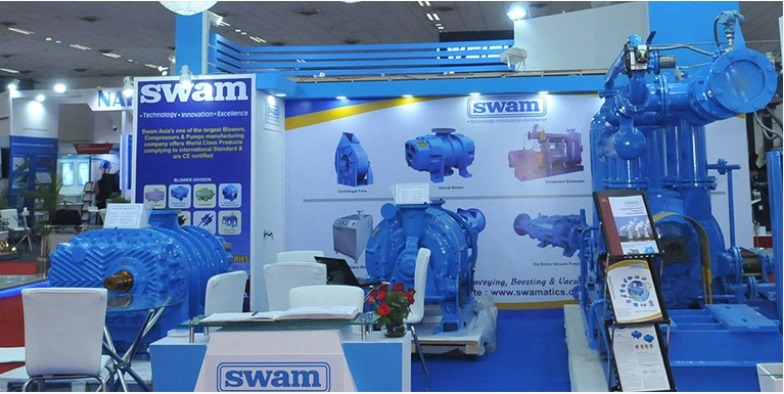Industrial blowers are mechanical devices used to induce air or gas flow via pipeline, or ducting,. These blowers induce the gas from the, storage tanks, or an industrial setup, system, tank, OR air from open atmosphere to pipeline and vessel to out in the open atmosphere in case of vacuum.
Its all depend on the need of flow and pressure, on the basis of which the blower is selected for multiple applications such as exhausting, aeration, mixing, tank agitation, cooling, ventilating, vacuum distillation, vacuum boosting, oxidation, conveying, and displacement of material, and so on.
Almost every industry such as pharmaceutical, oil and gas, agricultural, chemical, automotive, food processing, mining, power, water & waste water treatment and construction use blowers for their specific purposes.
Air or gas requirement and discharge pressure requirement are calculated and depends on various factors For example for process applications such as aeration, and oxidation air flow is calculated on the basis of biochemical oxygen demand however pressure is calculated on the basis of the system resistance.
There are a variety of blowers available in the market, so you can choose based on the needs of pressure and flow. Also applying a blower in an industrial setup can prove to be effective, but the selection of the right blower can be overwhelming especially if the application of it is not known and not properly used. Just remember, the air blower that is bought should be reliable, run smoothly without any issues for a long time and should not generate a lot of noise. Choosing the wrong blower not merely returns poor performance but may also result in unnecessary electricity consumption.
THE WORKING PROCESS OF THE AIR BLOWER
The air/gas stream goes through a set of rotating impellers/rotors where the speed and volume of the air is steadily increased. The blower rotors shifts in direction and accelerates as the amount of air passing through increases. As more air enters, the kinetic energy of the blower increases
HAVE A QUICK GLANCE AT THE TYPES OF AIR BLOWERS
There are two types of blowers
Rotary or positive displacement blowers.
Dynamic or centrifugal blowers
POSITIVE DISPLACEMENT BLOWERS
The rotary positive displacement blower is the most common type of blower in use today. It works by drawing air in, sealing the opening and then compressing the air with two rotors that continuously rotate and pass through the cavity. With each rotation, the air is increasingly pressurized until it reaches the set pressure
Depending on the type of rotors used Rotary Positive Blowers can be of different types –
Twin lobe Blower
Tri-lobe Blower
Helical Blowers
Screw Blower
CENTRIFUGAL BLOWER
Centrifugal blowers which is based on a transfer of energy from a rotating impeller to the air/gas i..e. They achieve pressure rise by adding energy to the continuous flow of fluid through the rotor/impeller.
This blower is designed for higher capacity because flow through the compressor blower is continuous. Centrifugal air blowers are oil/grease free and the lubrication system oil or grease is separated from the compression chamber by shaft seals
Dynamic or Centrifugal Blower is further divided into two categories –
Low-Pressure Centrifugal blowers
High-pressure centrifugal blowers
Low-pressure centrifugal blowers or fans which is further divided into two categories ID & FD fans
FD Fans
The Forced Draft fan creates positive pressure as it helps push the gas in the systems, where the systems could be anything from dust collecting machines to boilers to furnaces.
ID fans
The Induced Draft fans take the gas out of the systems and therefore they create negative pressures in the systems.
High pressure (high speed) centrifugal blowers or Turbo Blowers which is further divided into two categories
Integrally geared centrifugal blower where impeller speed is increased mechanically through a speed-reducing gearbox
PMSM type turbo Blower where impeller speed is increased electrically through high-frequency variable frequency



